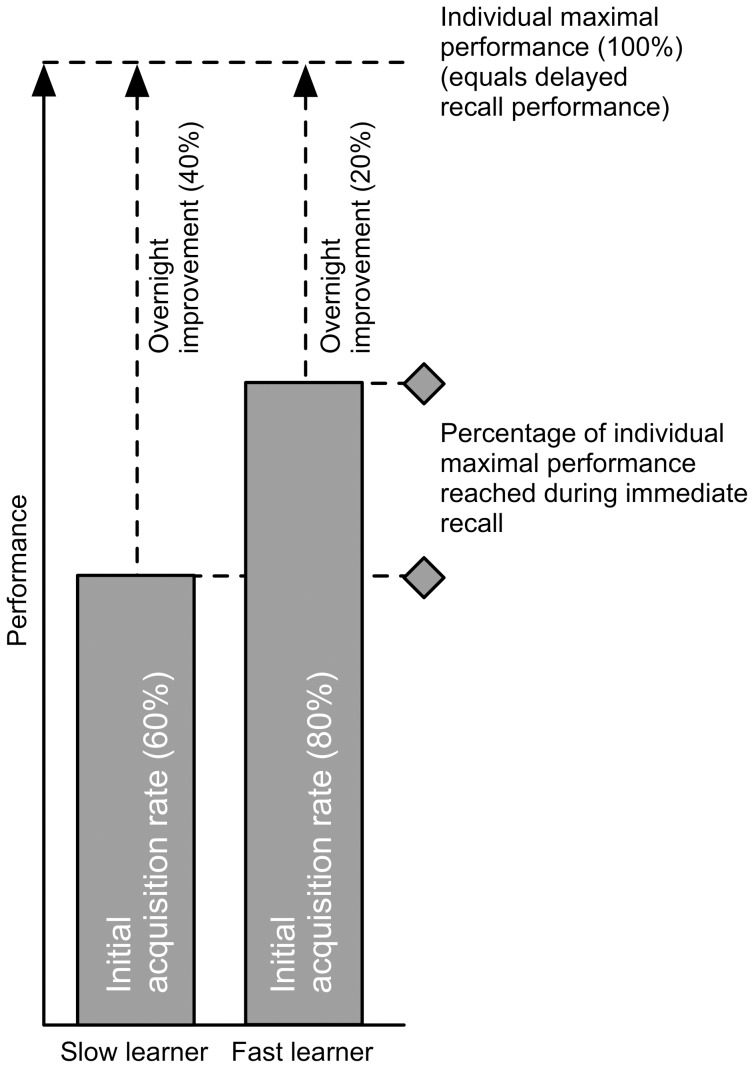Figure 2. Schematic view of the inverse relationship between the overnight performance improvement and the initial acquisition rate.
The initial acquisition rate reflects how much of the individual maximal performance is already reached during the immediate recall. A slow learner has a lower initial acquisition rate (e.g. 60%) compared to a fast learner (e.g. 80%). This means that a slow learner reaches less of his maximal capacity in the course of the first learning session (acquisition phase) and may benefit more from a second presentation of the word pairs (during feedback). Thus, his overnight performance improvement may be larger (e.g. 40%). Vice versa, a fast learner is able to get closer to his maximal capacity during the first presentation of the learning material and may have less overnight performance improvement (e.g. 20%). Note that delayed recall performance is reflecting the maximal capacity an individual has ( = 100%).

